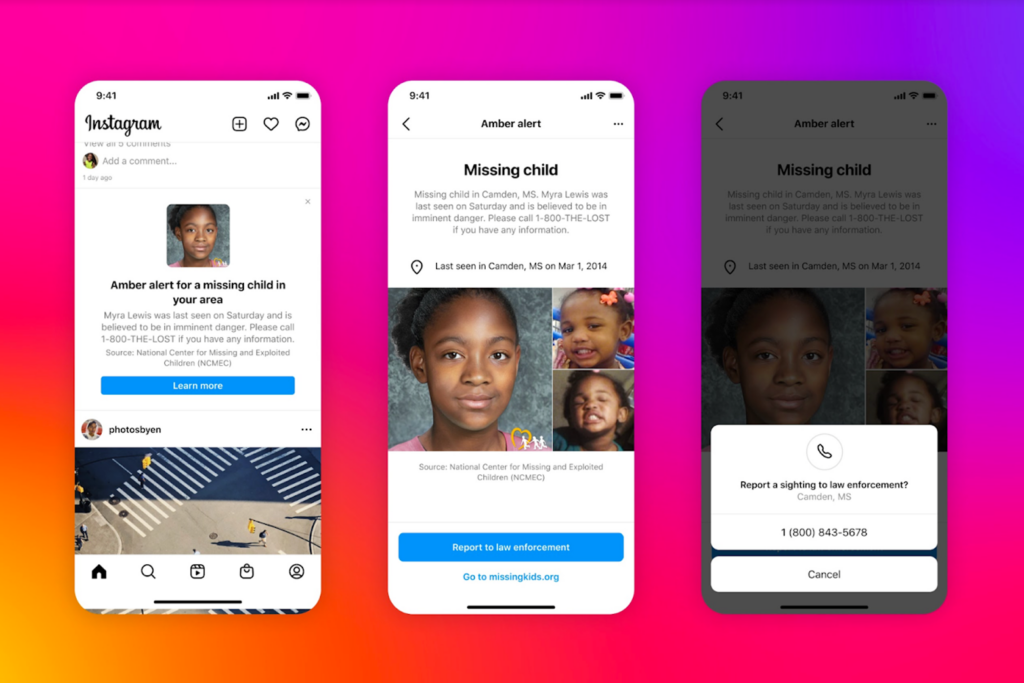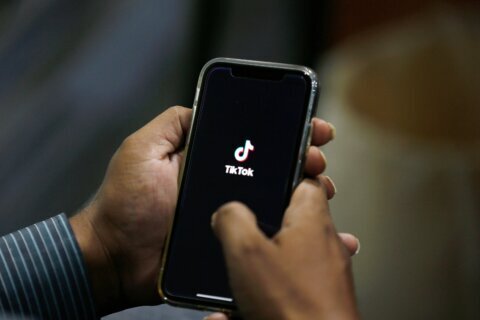Instagram is partnering with the National Center for Missing and Exploited Children to post AMBER alerts on user feeds.
“We brought them to Facebook several years ago,” said Lori Moylan, of Instagram’s parent company Meta.

“When law enforcement issues an AMBER Alert for a missing child in a specific area, you’ll get that AMBER Alert in your Instagram feed, whether you’re on desktop or on mobile,” Moylan said.
To know who should see the alerts, Meta uses a variety of signals, including the city listed on user profiles, IP addresses and, if they’re turned on, location services.
The alerts will not present in the manner used by the National Weather Service that, for example, blows jarring tones through the phone during the potential for dangerous weather. To see an alert on Instagram, users would have to be scrolling through their feeds.
“You’ll get to see a picture of the child as well as the other relevant information. And then later, if you think you’ve seen that child, you can actually click through to contact the local police and provide them the information that you have,” Moylan said.
“Instagram is a platform based on the power of photos, making it a perfect fit for the AMBER Alert program,” Michelle DeLaune, president and CEO at the National Center for Missing & Exploited Children, said in a news release.
“We know that photos are a critical tool in the search for missing children and by expanding the reach to the Instagram audience, we’ll be able to share photos of missing children with so many more people.”
The process has proven successful via Facebook.
Moylan cites an example of a woman in Florida who saw an Amber Alert on Facebook, then went out on her lunch break and saw a missing child and contacted police.
“So you know that picture can really make all the difference,” she said.
Instagram users who respond to AMBER alerts with information won’t be tracked in any way, such as for targeted advertising purposes or anything like that, according to Moylan.
“It’s really just a service to make sure that children can be reunited with their families in those critical hours, right when they go missing.”








